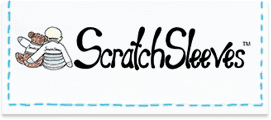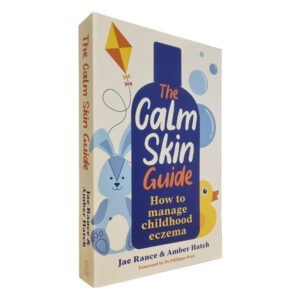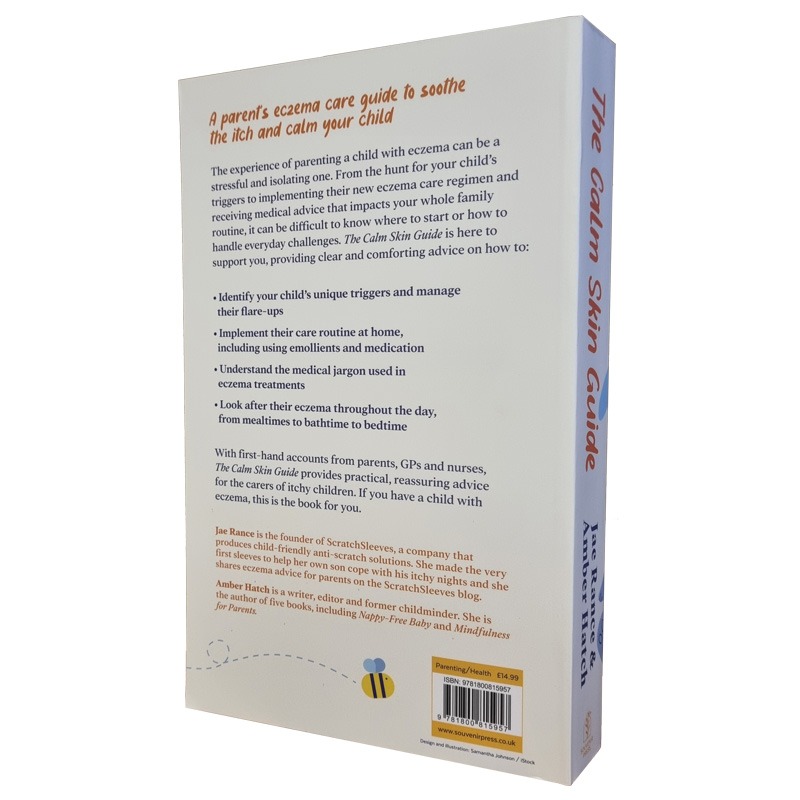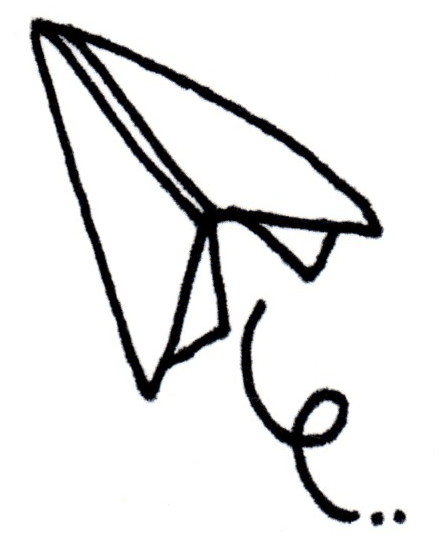Eczema and sleep: A sleep toolkit for eczema children

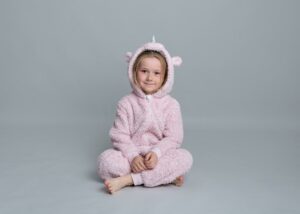

Here at ScratchSleeves, we love collaborating to bring you the experience and expertise of professionals and parents. This time we have teamed up with early years professional, sleep consultant and eczema mum, Kirsty Irving. We can’t think of a better person to be sharing top tips on helping an eczema child to sleep. Not only does Kirsty have eczema herself, so do her two children, Emily (7) and William (2). It was Emily’s struggles with itch-disturbed sleep that motivated Kirsty to train as a sleep consultant. In this article, we look at practical things that you can do to help your child relax into sleep. Introducing our sleep toolkit.
You’ve followed your bedtime routine, dealt with the emollients, read a story and tucked your child into bed. But the itch just isn’t allowing them to relax into sleep. These tools can help to take their mind off the itch for just long enough for sleep to take over. All the tools in our sleep toolkit can be used by older children by themselves. Younger children will need your help to guide them. But once you have used them a few times you will be able to reduce the amount of guidance and the amount of stimulation that you are providing. This sleep toolkit can also be used to help children fall back to sleep when they wake up at night.
Affirmation to help eczema kids sleep
Talking through the day and downloading any worries or concerns is a really effective way to help children settle down to sleep. It’s especially helpful for more anxious children as it gives you a chance to understand and allay their worries. See the next section for how to stop those worries creeping back in after you’ve crept out of their room.
Typically a lot of eczema care occurs in the last part of the day, which makes the itch harder to ignore. By having a positive conversation with your child after you have done all of the eczema related tasks you are helping take their minds away from the itch and back to the fun things that happened during the day, before the eczema tasks took over.
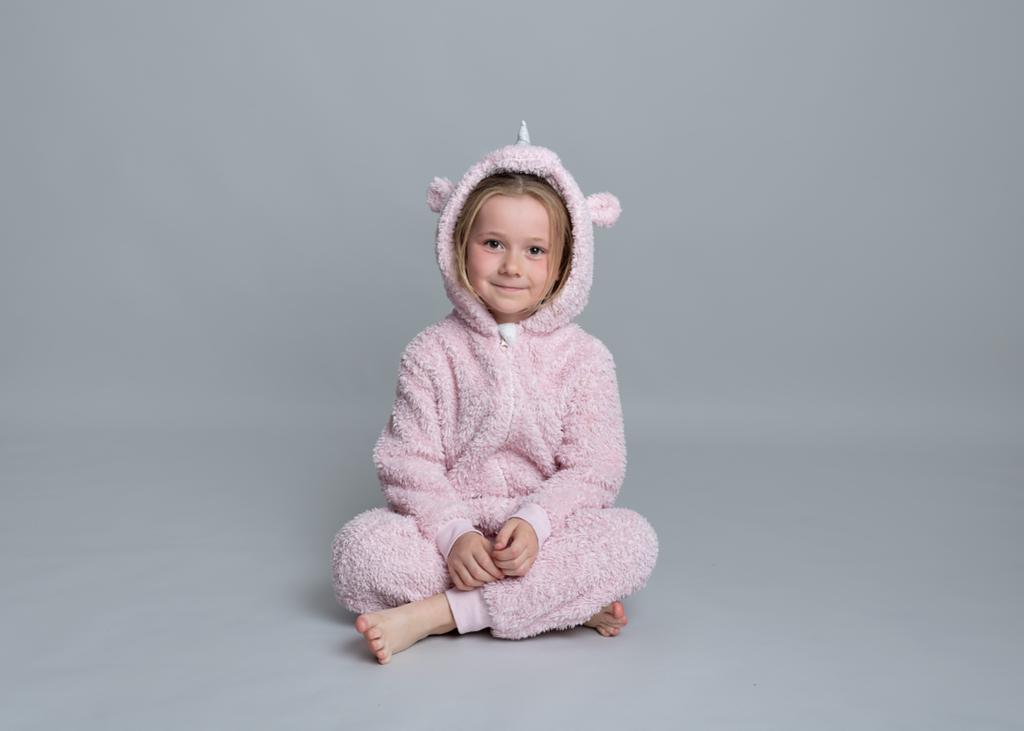
Having some structure to these conversations can help, here are two structures that work for us:
- Four things. Ask your child to tell you:
- Something about their day. You’re looking to get them to share their worries. Avoid words like ‘worry’. You don’t want to imply that they should be worrying or bring forgotten worries back to the surface
- One thing that they are proud of today
- Another thing that went well during the day
- Something they’d like to dream about
- Backward day. Work through what has happened during the day starting at bedtime and working back to breakfast. Talk about the fun things, and provide reassurance for things that didn’t go so well or that are worrying. Aim to celebrate how much they’ve done and realise how tired they are and feel that they deserve a really good sleep. Older children might like to do this by themselves to keep their minds distracted from the eczema itch as they fall asleep (see next section).
Visualisation and distraction imagery: a sleep tool for eczema kids
We all know that once you are aware of an itch it’s almost impossible not to think about it (and scratch). The aim of these techniques is to fill the mind with something so engaging and interesting that both worries from the day and the psychological itch of eczema aren’t able to interfere with the drift into sleep. Studies have shown this technique reduces the time between settling down and falling asleep1.
There are many, many things that you can suggest your child thinks about as they fall asleep. Here are three ideas that we like:
- Balloon safari. Imagine you’re blowing up a big balloon every time you exhale (deep slow breaths, see below). Give it a colour. When it’s big enough, imagine that it’s floating away with you. Look down at your house, your street and enjoy the view. What can you see? Now decide where you want the balloon to land, the park, the beach, your grandparents. Enjoy the view as you come into land. Now decide what you want to do there and who you’re going to do it with. You can do whatever it is for as long as you like.
- Tell me a story. Ask your child to make up a story about, say, a mouse and a broomstick that she could tell you over breakfast. Make sure you remember to ask about the story in the morning so it doesn’t lose its value. If you’re stuck for story starter ideas, story dice are brilliant (but be ready for your child to insist on telling a story about unicorns).
- Happy place. Where’s the best outdoor place you’ve ever been, a beach, the mountains, a forest, imagine that you’re there, imagine the wind and sun on your face, look at the view, take a deep slow breath – what can you smell? Think of who’s with you, enjoy the feeling of being there.
Controlled breathing to promote relaxation and sleep
Deep, slow breathing has been shown to have a number of sleep inducing effects including increasing the production of melatonin, an essential sleep-inducing hormone, and slowing both the heart rate and the sympathetic nervous system (the body’s ‘fight or flight’ stress response), promoting relaxation2. Concentrating on breathing also acts as a distraction from other thoughts and the eczema itch – see above.
There are lots of different breathing techniques to choose from and plenty of great resources on the internet. Find one that is age appropriate for your child and that appeals to them. Keep in mind that you are aiming to slow breathing to around one breath every 5-10 seconds depending on age. Keep stimulus to a minimum – say as little as possible and minimise touch.
These breathing techniques tend to be popular with children.
- Whale breathing. Imagine you are a whale and you need to take a breath that could last hours underwater. Hold it for three seconds and then lift your chin. Exhale your breath while raising your arms (clapped together like a fin) toward the ceiling in a motion that resembles the water coming out of a whale’s blowhole. This technique is useful just before you tuck your child in – a final stretch before snuggling down (see below).
- Bunny breathing. Pretend you are a bunny rabbit sniffing with your nose and then exhaling through your mouth. Three sniffs in through your nose and then exhale slowly out of your mouth
- Bumble Bee breathing. Close your mouth and inhale through your nose. Then, keeping your mouth closed, breathe out making a humming noise. Cupping your hands over your ears amplifies the buzzing sound.
- Counting Breaths. Breathe in for four counts and out for four counts. Each count should be about a second, so 1 crocodile, 2, crocodile…. ( insert your favourite animal/thing). If your child isn’t at school yet, reduce this to three counts, older adolescents (and adults) could increase this to five counts.
Progressive muscle relaxation to aid sleep
Progressive muscle relaxation (PMR) is based on the premise that mental calmness is a natural result of physical relaxation. It has been in the sleep toolkit since the 1920s and studies have shown that it can both improve sleep quality and reduce anxiety3. While something as simple as a big stretch or a couple of whale breaths (see above), may do the trick, PMR gives a structured way to help your child relax. As with visualisation and controlled breathing, PMR gives the mind something to focus on other than the eczema itch.
While inhaling, contract one muscle group (say toes and feet) and hold it tight for the count of 5, then quickly exhale and let go, releasing the tension in that muscle group. Take a slow deep breath in and slowly exhale and feel how good your feet feel now they are relaxed. Then tense the next muscle group (say legs, by pulling up your toes), count to 5 and release and breathe. It doesn’t matter what order you use or if you miss out parts of the body, but it may help to follow the same pattern (in this example, working up the body) each time you do this.
Children are likely to need help with figuring out how to tense individual muscle groups while lying in bed. Visualisation can really help here (and keep them distracted, see above). For feet, try imagining that they are curling their toes into a sandy beach or trying to pick up a pencil with their feet. For tummy, imagine a pet is about to jump onto your belly and brace for impact or try pulling your belly button back to your spine. There are lots of child-friendly resources and videos available on the web if you need inspiration.
Acupressure points to encourage sleep in eczema kids
Acupressure works by massaging particular points of the body, unlike acupuncture no needles are involved and it can be used for young children and babies. While acupressure has been around for thousands of years, research into its effectiveness is still limited. The existing studies about acupressure and sleep are too small to be conclusive but their results are promising. It’s definitely a technique worth trying for your sleep toolkit.
There are a number of pressure points said to aid sleep in various ways, here are three options that can be especially helpful for junior eczema sufferers.
- The Yin Tang point has been nick-named the ‘Sleepy Button’ and is located in line with the nose, just above the eyebrows. This point is also said to alleviate discomfort and pain. Try gently stroking or massaging this point to help your little one relax into sleep. This often works well for babies and younger children
- The Lao Gong point is on the hands and you can find it if you bend your second finger (longest finger) into the centre of your palm. Once you’ve identified that point, using a gentle circular motion, gently rub the area to soothe and reduce restlessness. Older children will be able to do this for themselves using the thumb from their opposite hand. This has the advantage of keeping hands busy (and not scratching).
- The Zuqiaoyin point is right on the end of the fourth toe (the one before your little toe). Again gently rub this area in a circular motion and it can help with pain, calm the mind and prevent dream disturbed sleep. Again this is a point that children can massage for themselves, hopefully making it less tickly!
Read more about the use of acupressure in managing eczema here.
Other tools for your eczema sleep toolkit
There are plenty of other sleep tools that can help itchy, eczema children sleep just a little more easily. Here are a few more options to add to your family’s sleep toolkit.
- White noise is especially useful as a sleep tool for babies. It muffles out background noises that would otherwise have them turning towards to see what is happening. There are plenty of apps and machines available for this.
- Music or stories can work really well for some children providing the distraction mentioned above. If you choose talking books, make sure that the story is a familiar one, or you’ll find your little one is staying awake to find out how it ends.
- Some children find colouring keeps their hands and minds busy enough to ignore the eczema itch. Older children may well find that drawing is an effective way to get worries out of their heads. If your little one is colouring in bed, confiscate the felt tip pens and biros!
- Older children might find mindfulness apps like Headspace useful for keeping their mind off the eczema itch.
- Weighted blankets can also be useful for some eczema sufferers. Users report that the extra weight discourages unconscious scratching.
If you want more details of my work as a sleep consultant head over to my website where you’ll find contact details, links to my social media channels and more tips on helping children to develop good sleep habits.
Additional material provided by the lovely Emma Guy from Acupuncture That Works.
Our references
- Harvey A. & Payne S. The management of unwanted pre-sleep thoughts in insomnia: distraction with imagery versus general distraction. 2002. https://pubmed.ncbi.nlm.nih.gov/11863237/
- Jerath R. et al Self-Regulation of Breathing as an Adjunctive Treatment of Insomnia. 2018. https://pubmed.ncbi.nlm.nih.gov/30761030/
- Toussaint L. et al. Effectiveness of Progressive Muscle Relaxation, Deep Breathing, and Guided Imagery in Promoting Psychological and Physiological States of Relaxation. 2021. https://www.ncbi.nlm.nih.gov/pmc/articles/PMC8272667/
The Calm Skin Guide
Love our blog? It's also available in book format with:
- First hand accounts from parents & medical professionals
- Easy navigation
- Comprehensive index
- Additional material
Signed copies available at no extra cost
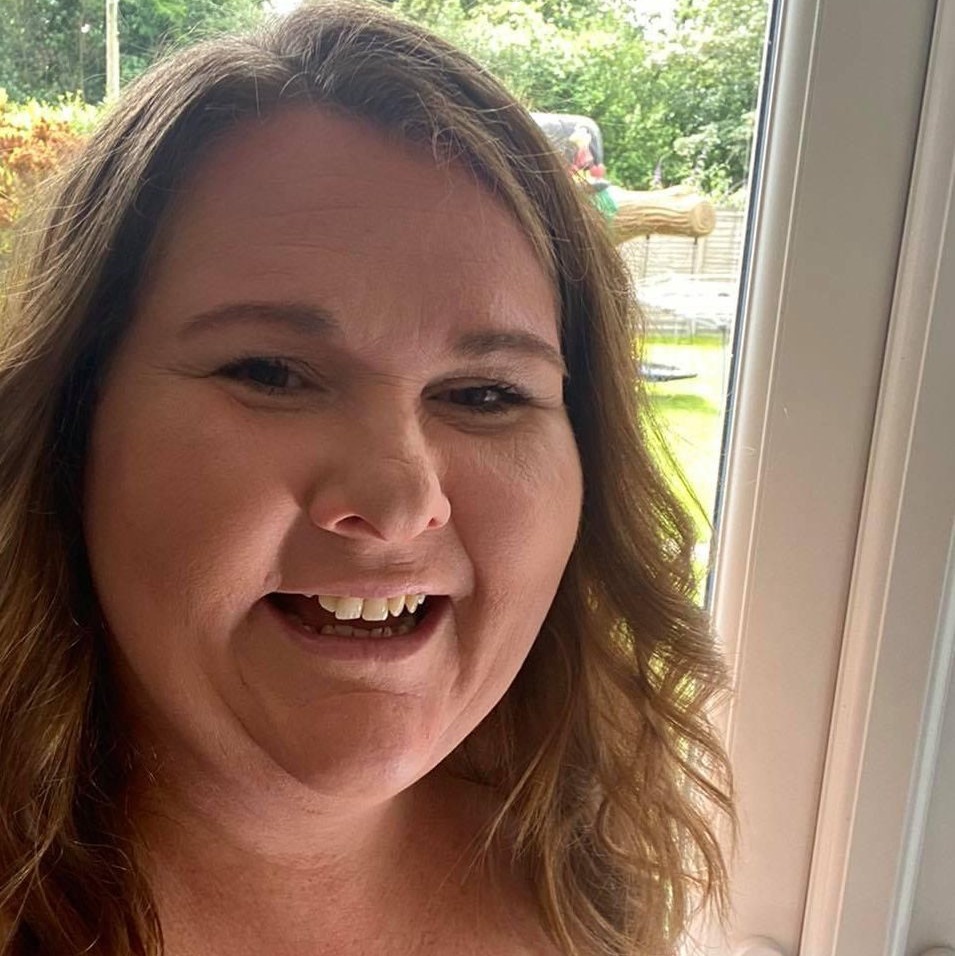
Written by:
Reviewed by:
Interesting article? Don't keep it to yourself...
Read next...
You may also find helpful...
Quick buy


Multi Buy Discount

Spend between £30 - £60 and save 5%
Spend between £60 - £120 and save 10%
Spend over £120 and save 15%
Discount automatically applied at checkout
No Quibbles Guarantee
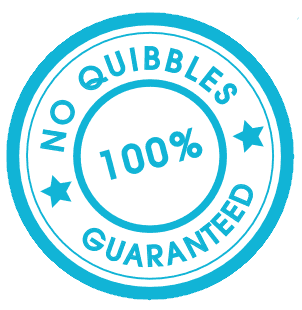
ScratchSleeves abide by a no quibbles guarantee.
Free UK Postage

Free packing and postage on all UK orders. For overseas orders to Europe postage is from £3.50, to USA is £6.50 and to the rest of the world, from £3.75.

